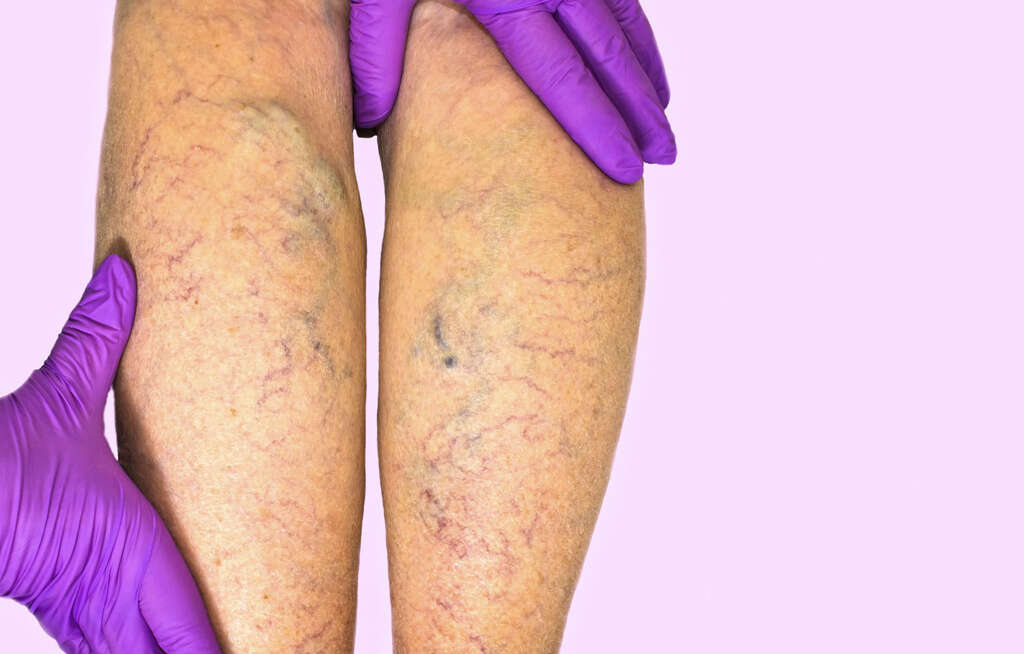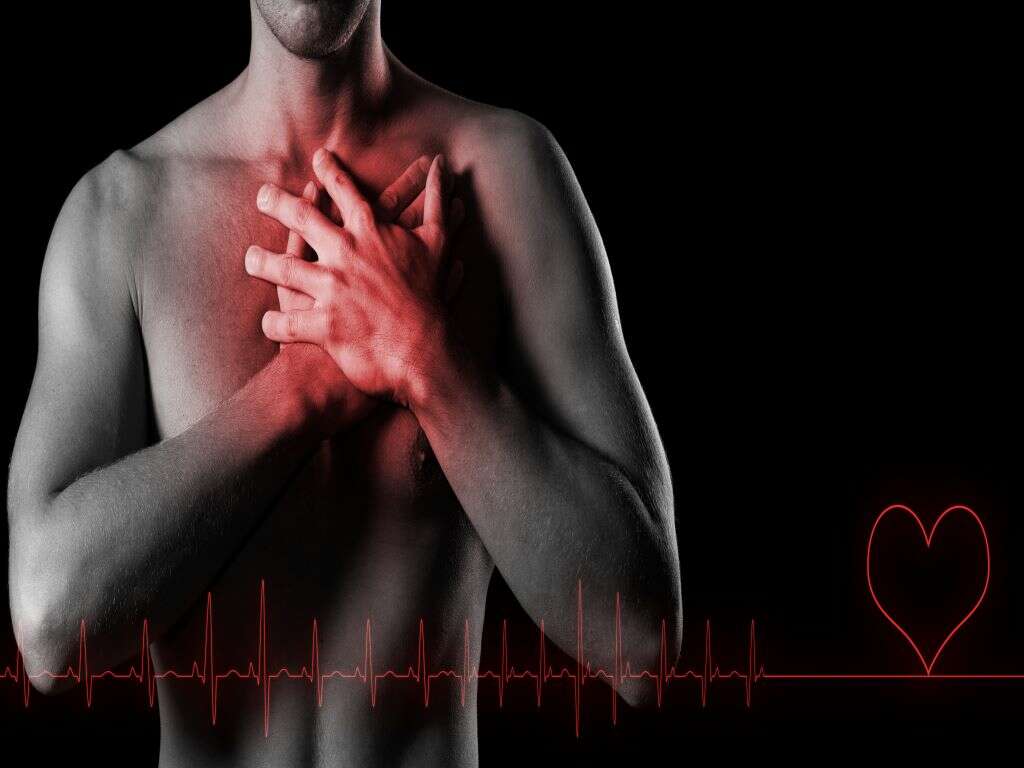What Is Atherosclerosis?
Our cardiovascular systems help to ensure that all of our body is supplied with the oxygen, and nutrients, that it needs. The system consists of an enormous network of tubes, among other things, that transport blood around the body. If something was to happen with these tubes then certain parts of the body may not get the oxygen that they need.
Medical conditions like atherosclerosis can mean that the flow of blood is impeded, and this can be very dangerous. The good news is that, in the majority of cases, steps can be taken to help keep us safe from the condition.

1. Atherosclerosis
Atherosclerosis is a condition where the patient’s arteries have become clogged. The clogging is caused by atheroma, or plaques, and these are made from substances such as fats and small clots that flow through the blood. Over time, these substances can begin to accumulate, resulting in the blockages.
The presence of the plaques can cause the passageway through the patient’s blood vessels to become narrower. In addition, the walls of the arteries can become harder, which can also cause problems for the patient. Overall, these blockages can restrict the flow of oxygen to other parts of the body, including the major organs.

2. Symptoms
Perhaps one of the most dangerous things about atherosclerosis is that patients with the condition will often experience no symptoms whatsoever. This is dangerous because they will often have no idea that there is a problem. At least not until it is too late and they fall seriously ill – or worse.
This makes it a good idea for people to get regular check-ups, especially those that are in high-risk categories. Spotting problems early on in their development makes it easier to treat the condition and helps reduce the likelihood of serious incidents. Check-ups can also help to spot other health conditions alongside atherosclerosis.

3. Angina
Angina is a condition that is caused when the flow of blood, and essential oxygen, to the heart is restricted. This results in a pain in the chest that is often described as being dull or heavy. Angina is not usually a dangerous condition, although it can be alarming, and it can also be treated.
Treatment of angina usually means treating the attacks when they happen, rather than preventing the attacks in the first place. While the attacks are not necessarily dangerous in themselves, they do still point to an underlying condition that might be dangerous itself. It is a good idea to get such pains checked out regardless of the suspected cause.

4. Coronary Heart Disease
Heart disease is one of the biggest killers of people in the world, and there are different types of heart disease. One of these, and among the most dangerous of all, is coronary heart disease. This is a condition where the coronary arteries, which supply our hearts with blood, become clogged.
Our heart’s muscles need to be fed a constant supply of oxygen just as the other parts of the body do. If this supply was to be limited for whatever reason, then the heart will struggle to work effectively. This is potentially disastrous and it can lead to a heart attack in some cases.

5. Heart Attack
As already mentioned, the heart needs a constant supply of blood. If this supply is stopped then it will result in what is commonly known as a heart attack. This is a very serious condition indeed and, in many cases, a heart attack will end up being a fatality.
One of the best-known symptoms of a heart attack is a sharp pain in the chest, and the pain can radiate out down the patient’s arms, usually on the left. The patient can also experience dizziness and they can also find it difficult to breathe. If somebody is showing these symptoms then it is necessary to get them medical attention straight away.

6. Peripheral Arterial Disease
Blood needs to be supplied to every part of the body, and the peripheral arteries are those that are found away from the center of the body. If there is a problem with the cardio vascular system then it is often the parts away from the center of the body that feel the problems first.
Peripheral arterial disease is a condition where the flow of blood to the outer parts of the body is restricted. This is often felt as pain in the legs when the patient is walking. It can develop into considerably worse problems for the patient so it is something that should be addressed as soon as possible.

7. Strokes
A stroke is a condition where the flow of blood to the brain is temporarily halted, and this can cause some very serious conditions indeed. A stroke can be fatal, but the patient might appear to be more or less OK after the stroke takes place. This makes it a good idea to know what the symptoms of a stroke are.
A stroke can cause a patient to temporarily lose their balance, potentially causing them to fall over. The patient can also be slurring their words, and one side of their body might also droop as they lose control over the muscles there. Even if the symptoms appear mild at first, a stroke can still be fatal, so it is important to get the patient medical attention as soon as possible.

8. Risk Factors
There are numerous factors that can increase somebody’s risk of developing atherosclerosis. In some instances, the condition is hereditary to a degree, while people of certain races are also more likely to develop the condition. Underlying illness such as diabetes and a high blood pressure will also mean the patient is more likely to develop it.
In many cases, the cause is down to certain lifestyle decisions made by the patient in the past. Smoking is a potential cause, as is eating an unhealthy diet, and not getting enough exercise. Advancing age also makes somebody more likely to develop atherosclerosis.

9. Prevention
We can’t make ourselves completely safe from the condition, but we can take steps to significantly reduce our odds of developing it. There is not usually much that can be done about hereditary conditions and certain medical problems. There is, however, a lot that can be done to prevent the condition from being caused by lifestyle choices.
To prevent it, and other serious health conditions, it is best to eat a healthy, balanced diet. It is also important that people get at least a reasonable amount of exercise. Avoiding smoking and excess alcohol consumption can also help prevent the condition.

10. Treatment
As things stand, there is no known way to reverse the damage done by atherosclerosis. There is a lot that we can do, however, to help prevent the condition from getting worse. If the condition is noticed early, and appropriate action is taken, then many people with the condition can still go on to have relatively healthy lives.
There are some medications that can help to reduce high blood pressure and other conditions that can contribute to atherosclerosis. In some instances, it may be necessary for the patient to undergo surgery. Regardless, living a healthy, active life is by far the best way to treat the condition in the majority of cases.












